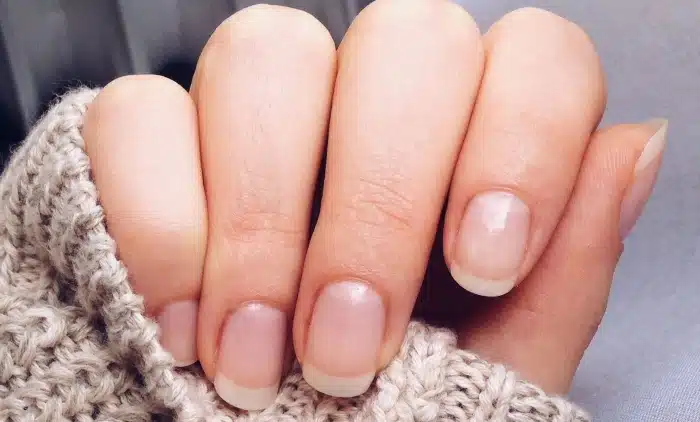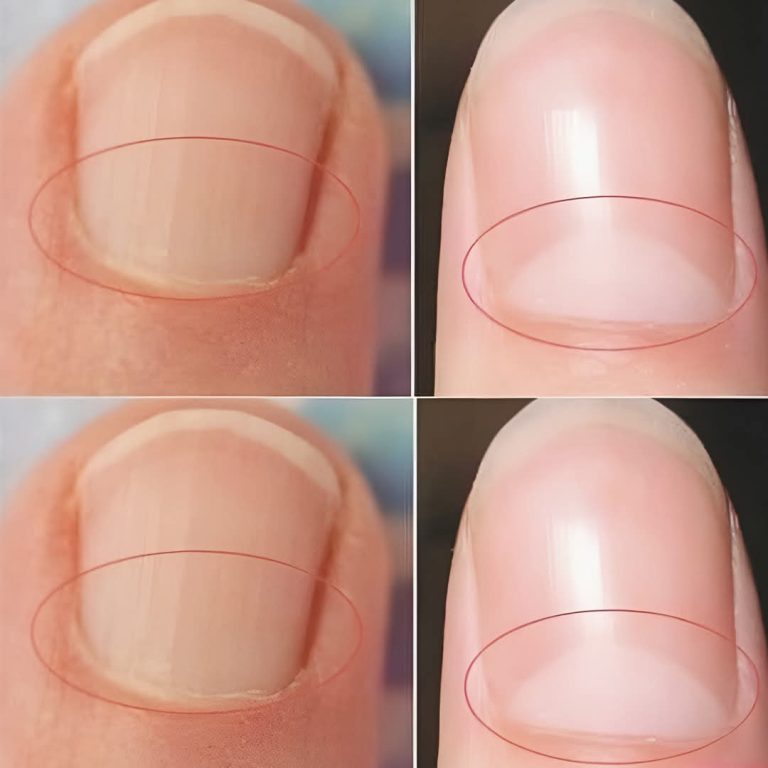ADVERTISEMENT
We sometimes observe it out of the corner of our eye, without really paying it any attention. Yet, this small white crescent-shaped shape at the base of the nail—the lunula—is increasingly intriguing. Is it a discreet mirror of our inner state? And above all, should we be alarmed when it disappears or changes appearance? The answer is in one word: nuance.

The lunula, this silent witness to nail growth
Originally, the lunula is nothing mysterious. It is simply the visible part of the nail matrix, where the nail begins to grow. Its whitish tint? It comes from a structure devoid of visible blood vessels, unlike the rest of the nail bed, which is pinker.
In some people, it's well defined, especially on the thumbs. In others, it seems almost absent—a detail that, in the majority of cases, is nothing abnormal. It even tends to fade with age or in children, without this indicating a health problem. In reality, the appearance of the lunula varies depending on the individual, their skin tone, their genetics... and sometimes even the ambient light.
So no, a barely visible lunula isn't a cause for alarm in itself. It's rather its evolution over time, or the sudden appearance of abnormalities, that can be cause for concern—as long as the whole picture is examined.
Changes to watch for, but don't overdo it
If you notice that the lunula is taking up more space than usual—to the point of occupying more than a third of the nail—this may warrant a little attention. Some see this as an indirect sign of hyperthyroidism, hypertension, or even cardiovascular stress. However, this phenomenon must affect several fingers and be long-lasting.
A lunula that seems to disappear completely? It could indicate chronic fatigue, a lack of iron, or vitamin B12. But again, be careful: it's best not to jump to conclusions based on a single nail.
As for color variations—bluish, gray, purplish, or even reddish—they can indicate poor blood oxygenation, a reaction to medication, or simply... a cold. Artificial lighting or a slightly numb hand can also deceive the eye. However, if this strange color persists, medical advice is essential.
A stained or very red lunula, in particular, warrants an appointment with a dermatologist, if only to rule out infection or a vascular disorder. The important thing to remember is that the lunula evolves slowly. Changes are rarely observed overnight—so it's best to monitor its appearance over a few weeks, in natural light, and in peace.
ADVERTISEMENT
